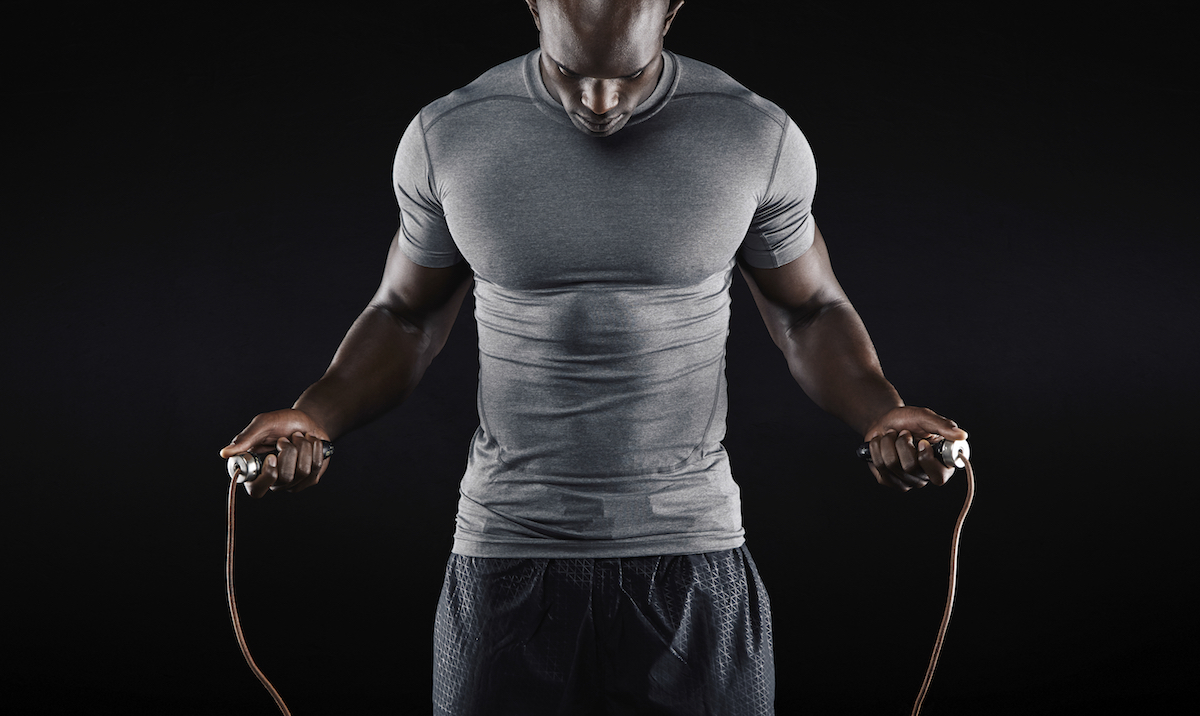Leo Settle has written an old school article on strength training and sprinters. I call this old school because he is drawing heavily from some of the older material from Dintman, Ward, and Telez (circa Sports Speed) and Dunn and McGill (The Throws Manual). At the core of this article are two ideas. First, strength training should develop strength and power that can be applied to the sprints. Second, this should be done without significant weight gain. I agree strongly with both points. Strength and power that cannot be applied to the sprints is useless for the sprinter. Weight gain (i.e. significant hypertrophy) is only useful if it enhances the event, the problem is that the athlete has to be able to sprint with that extra mass and there is a point of diminishing returns.
Coach Settle is advocating focusing the sprinter’s training around “neurological” training. In other words, designed to improve the nervous system’s ability to recruit muscle fibers rather than significantly increasing the size of those muscle fibers. In theory, this is done via a combination of approaches. First, use the Olympic lifts and their variations. Second, focus on lower volumes of training and high speed movements (i.e. less than six reps per set). Third, incorporate plyometrics into the training. Fourth, keep the volume low and intensity high on maximum velocity and acceleration training.
The author provides recommendations for “ideal” strength levels on the squat, bench press, and power clean that have been reprinted from Dintman, Ward, and Telez’s Sports Speed. Coach Settle also provides a great test battery reprinted from Dunn and McGill’s Throws Manual consisting of the standing long jump, standing triple jump, thirty meter sprint, and the overhead back medicine ball throw. These are all simple field tests that can tell you a great deal about the sprinter’s fitness for sprinting.
I agree with most of the author’s points in this article as far as the practical part of training the sprinter. I disagree with some of the concepts that this training is based upon. First, as I mentioned in a previous post, it’s actually unclear if the concept of muscle fiber types works the way we think it does (see http://wp.me/p1XfMm-3f). Second, as I’ve covered in other posts the neurological part of training may not work the way we want it to (see http://wp.me/pZf7K-55, http://wp.me/pZf7K-5d , http://wp.me/pZf7K-5j ). Finally, ideal strength levels have to be taken with a grain of salt. Dintman and Ward were both speed experts and worked extensively with NFL teams. Coach Telez coached athletes like Carl Lewis. The point behind this is to remind the reader that these coaches worked with a totally different level of athlete and these strength levels may not have application outside of that level of athlete.
Settle, L.A. (2012). Developing speed: A neurological approach. Techniques, 5(3), 8-14.



